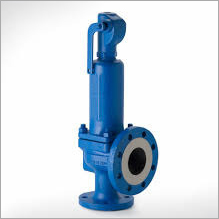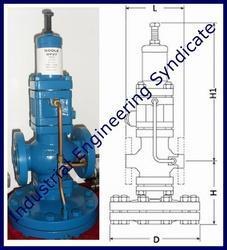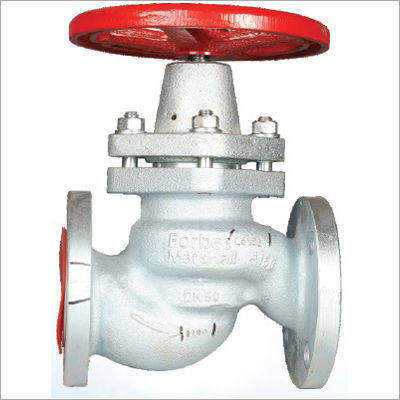Forbes Marshall Spirax Safety Valve
Product Details:
- Color Blue
- Usage Industrial
- Product Type Forbes Marshall Spirax Safety Valve
- Application carbon steel
- Structure Ball
- Type spirax safety valve
- Power Hydraulic
- Click to View more
Forbes Marshall Spirax Safety Valve Price And Quantity
- 1 Piece
Forbes Marshall Spirax Safety Valve Product Specifications
- Ball
- spirax safety valve
- Forbes Marshall Spirax Safety Valve
- carbon steel
- Water Gas Oil Acid Base
- Medium Pressure
- Hydraulic
- Blue
- Industrial
Forbes Marshall Spirax Safety Valve Trade Information
- Cash in Advance (CID) Cheque Cash Advance (CA)
- 1-7 Days
- Yes
- Contact us for information regarding our sample policy
- All India
Product Description
A safety valve is a valve which has the function of increasing the safety of a thermal-hydraulics plant. An example of safety valve could be a pressure safety valve (PSV), i.e. a pressure relief valve (PRV) which automatically releases a substance from aboiler, pressure vessel, or other system, when the pressure or temperature exceeds preset limits. Also pilot-operated relief valves could have the function of safety valves.
Safety valves were first used on steam boilers during the Industrial Revolution. Early boilers operating without them were prone to accidental explosion.
Vacuum safety valves (or combined pressure/vacuum safety valves) are used to prevent a tank from collapsing while it is being emptied, or when cold rinse water is used after hot CIP (clean-in-place) or SIP (sterilization-in-place) procedures. When sizing a vacuum safety valve, the calculation method is not defined in any norm, particularly in the hot CIP / cold water scenario, but some manufacturers [1] have developed sizing simulations.
Specification:
-
MOC GM/ CS
-
Ends Scr. BSPT
-
PMA 0.34 to 17.3 kg/cm2(g)
-
TMA Ref, Product For Details






